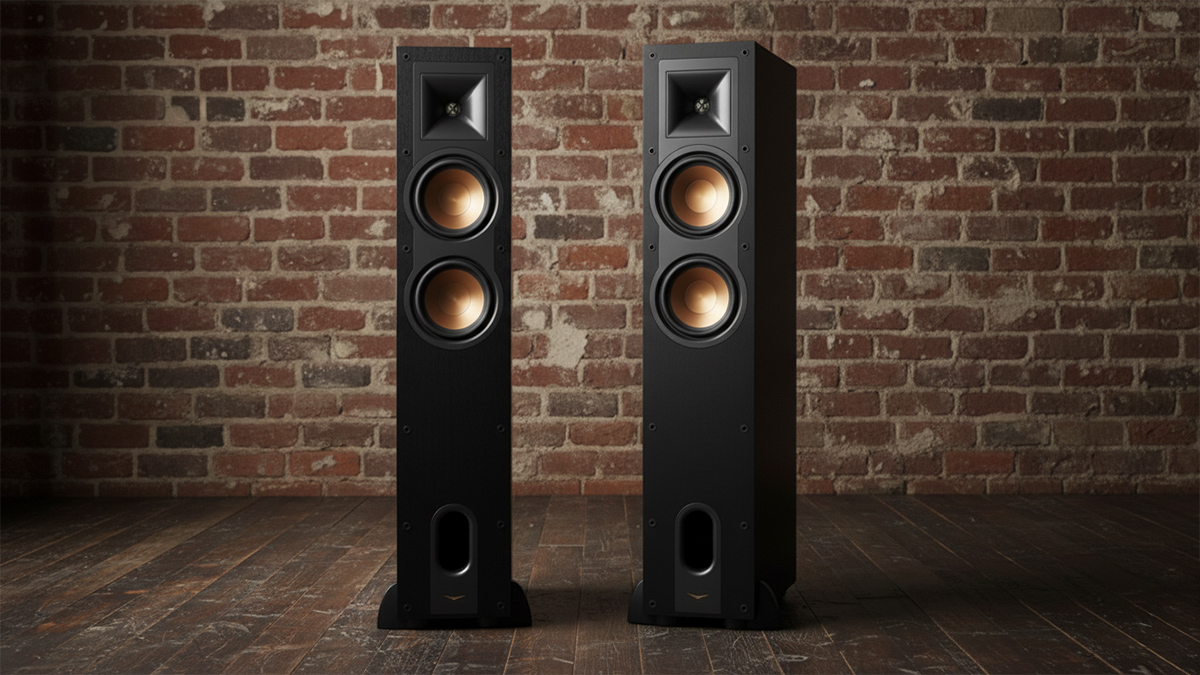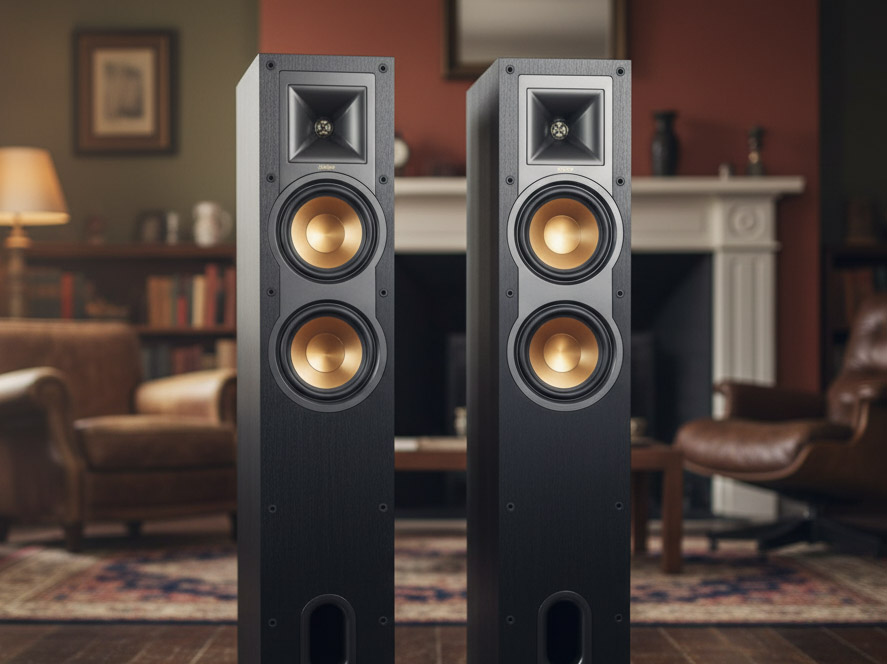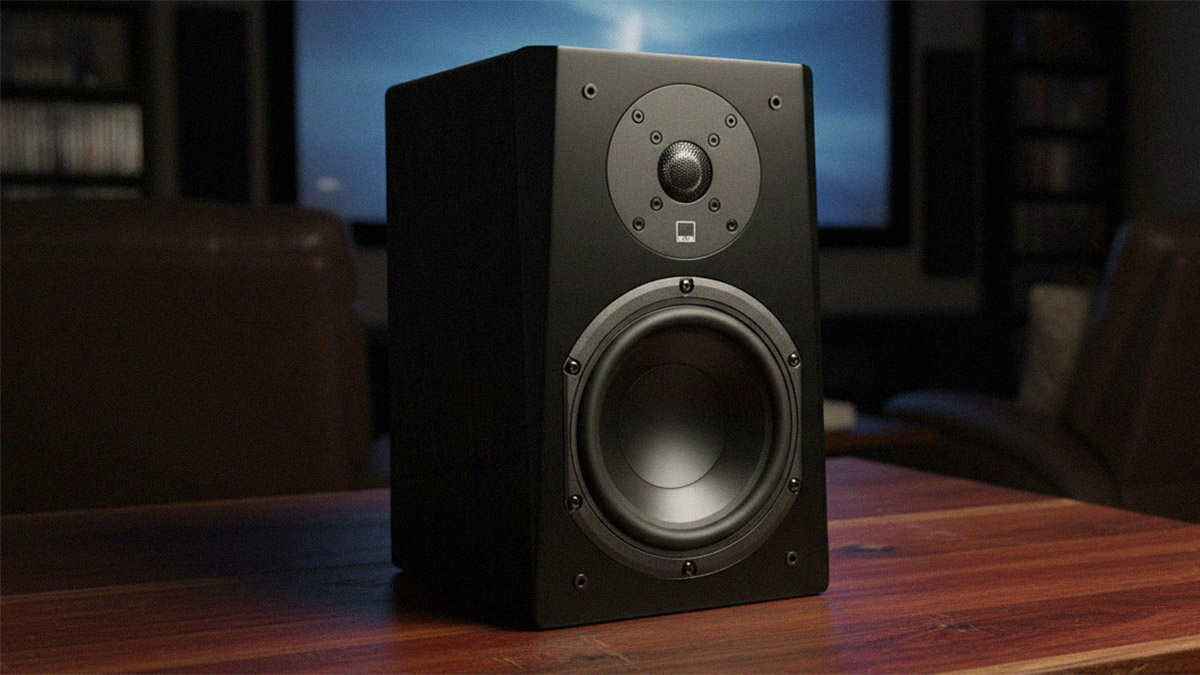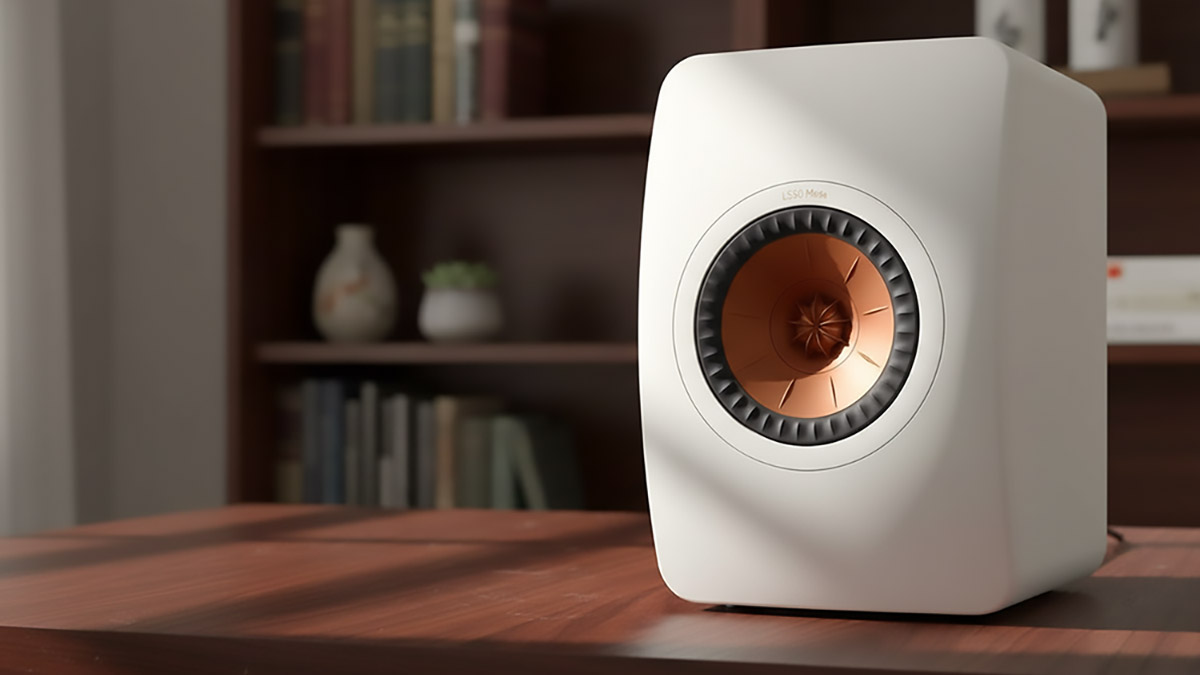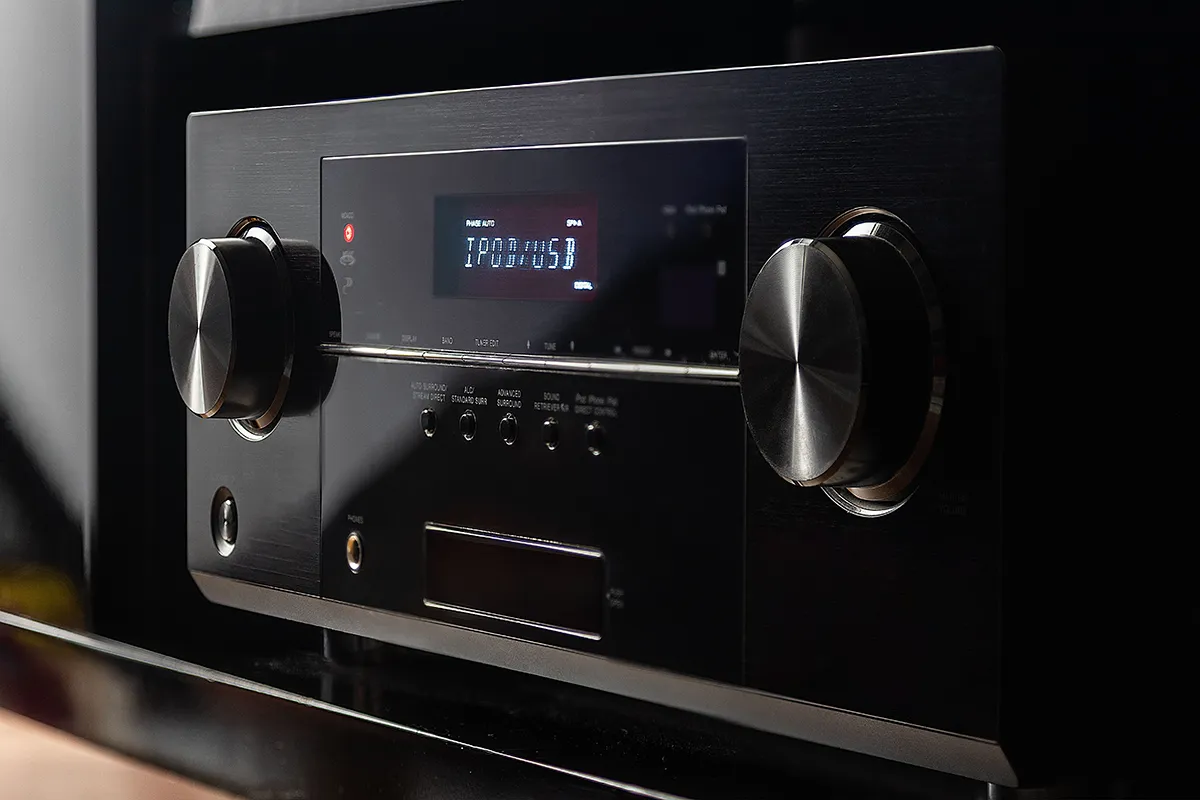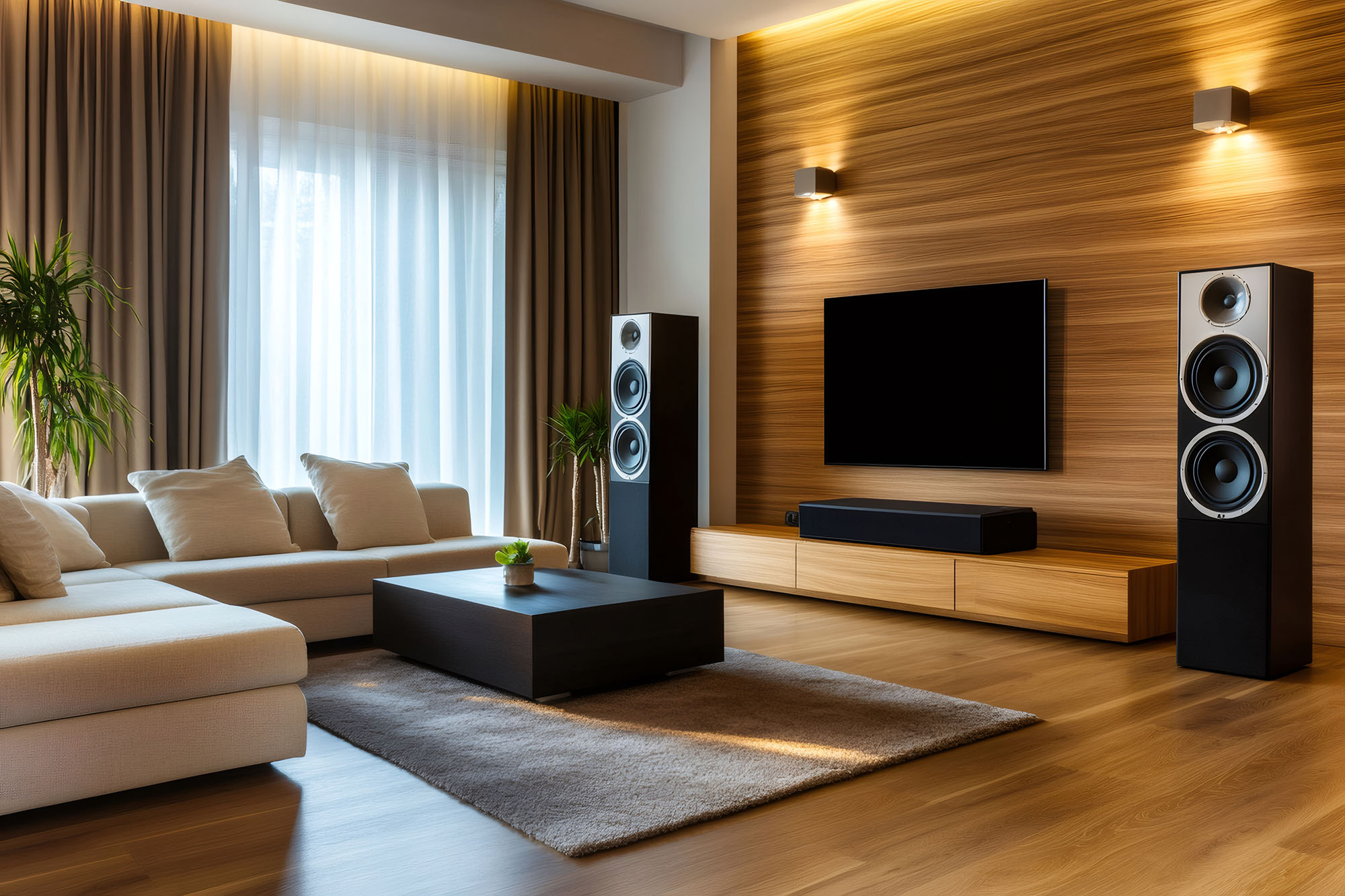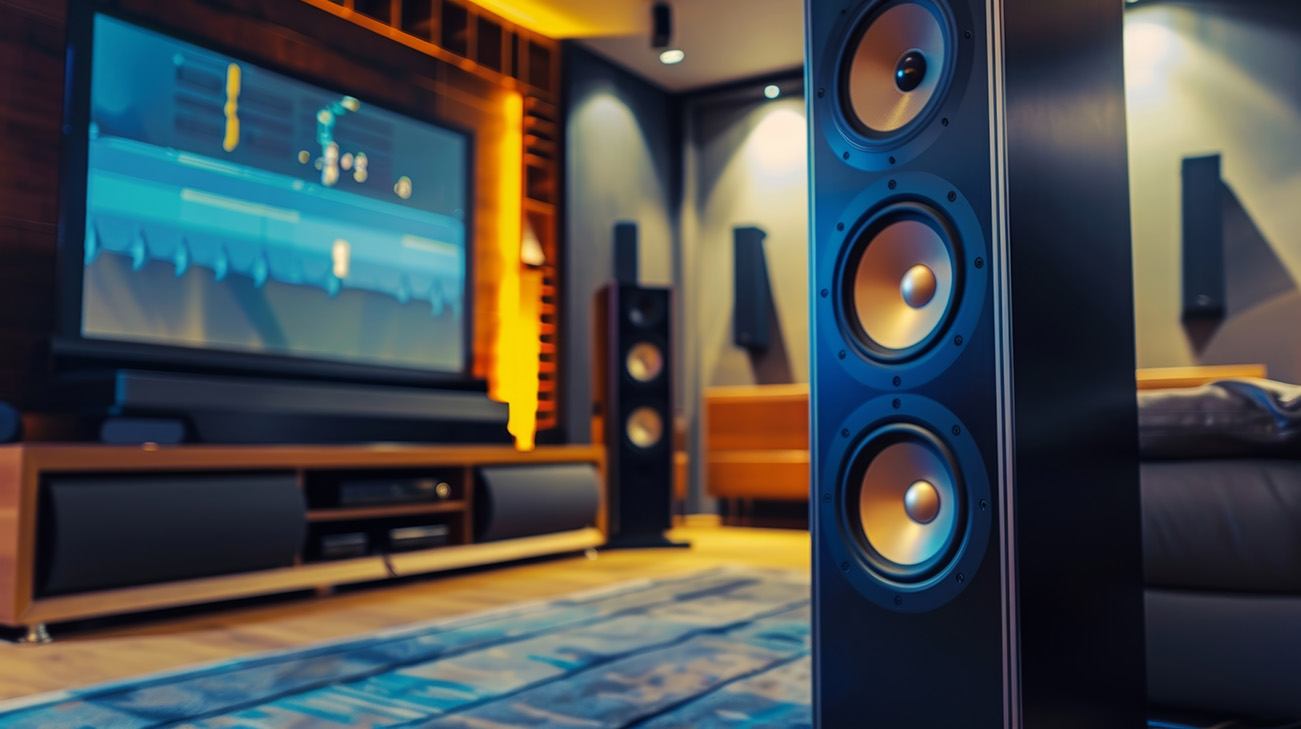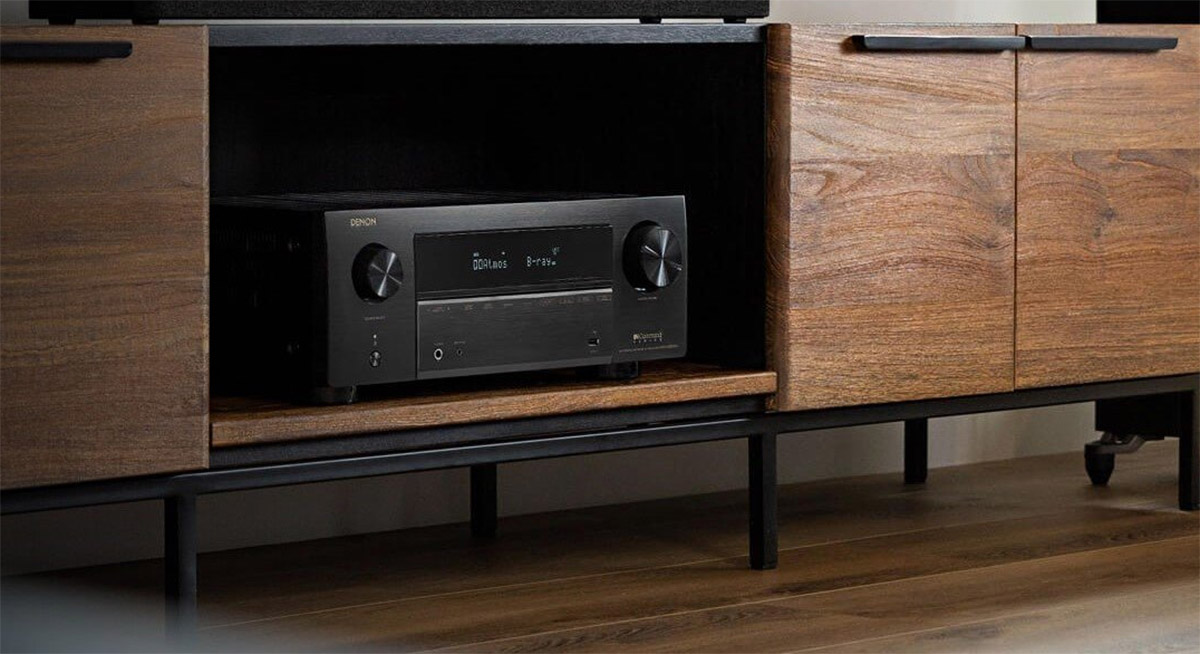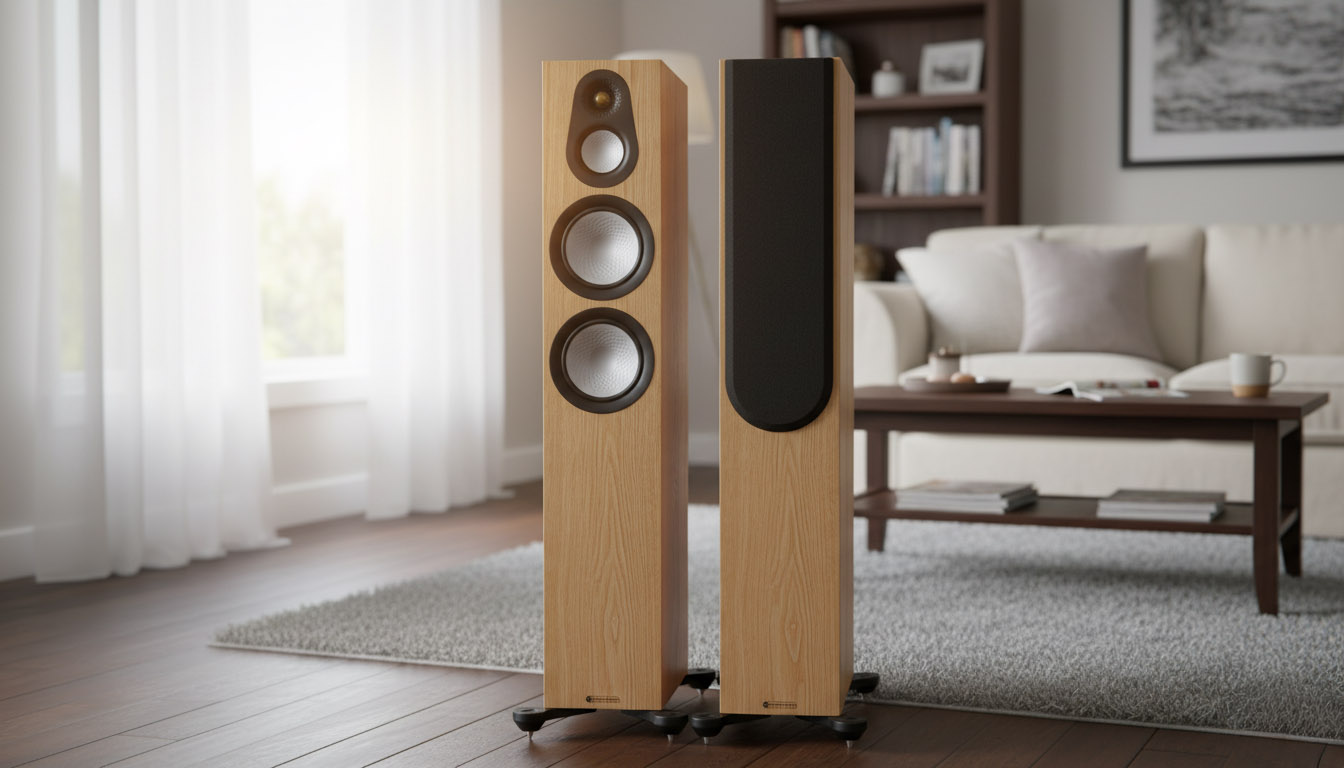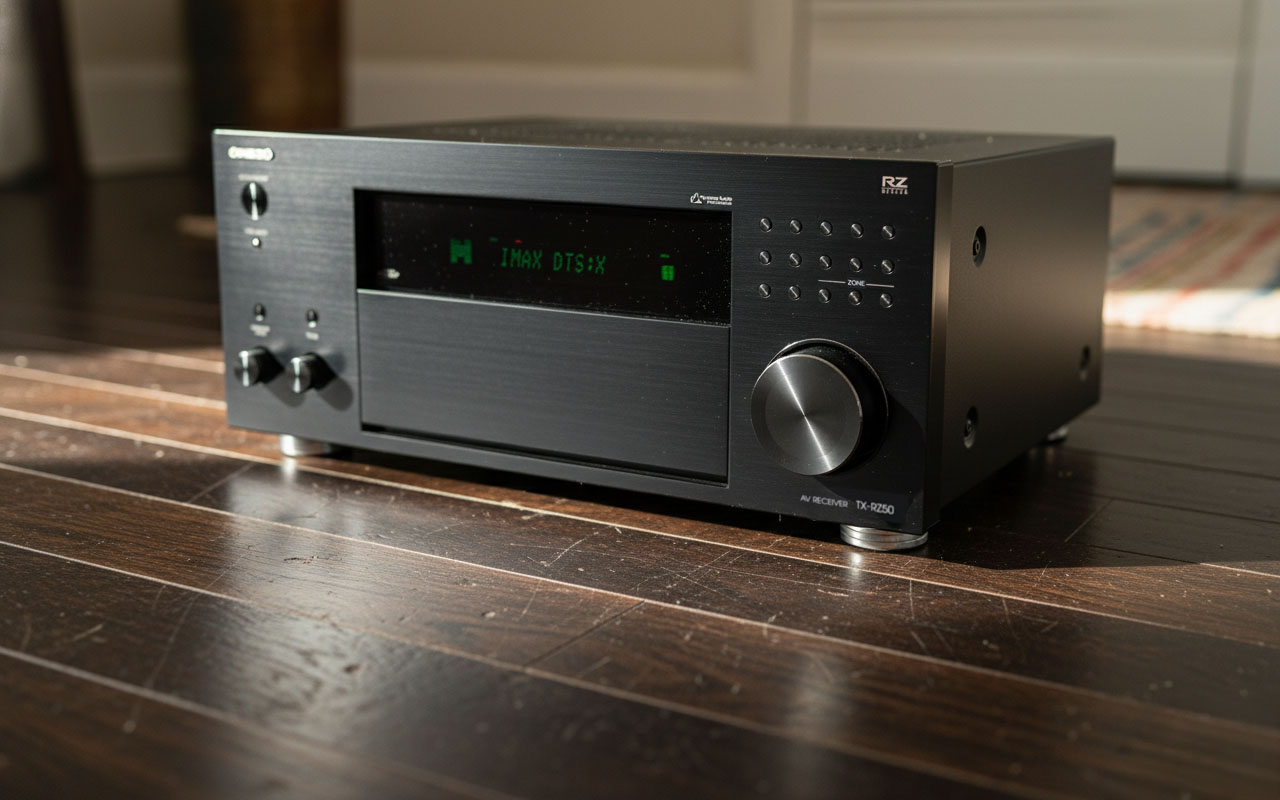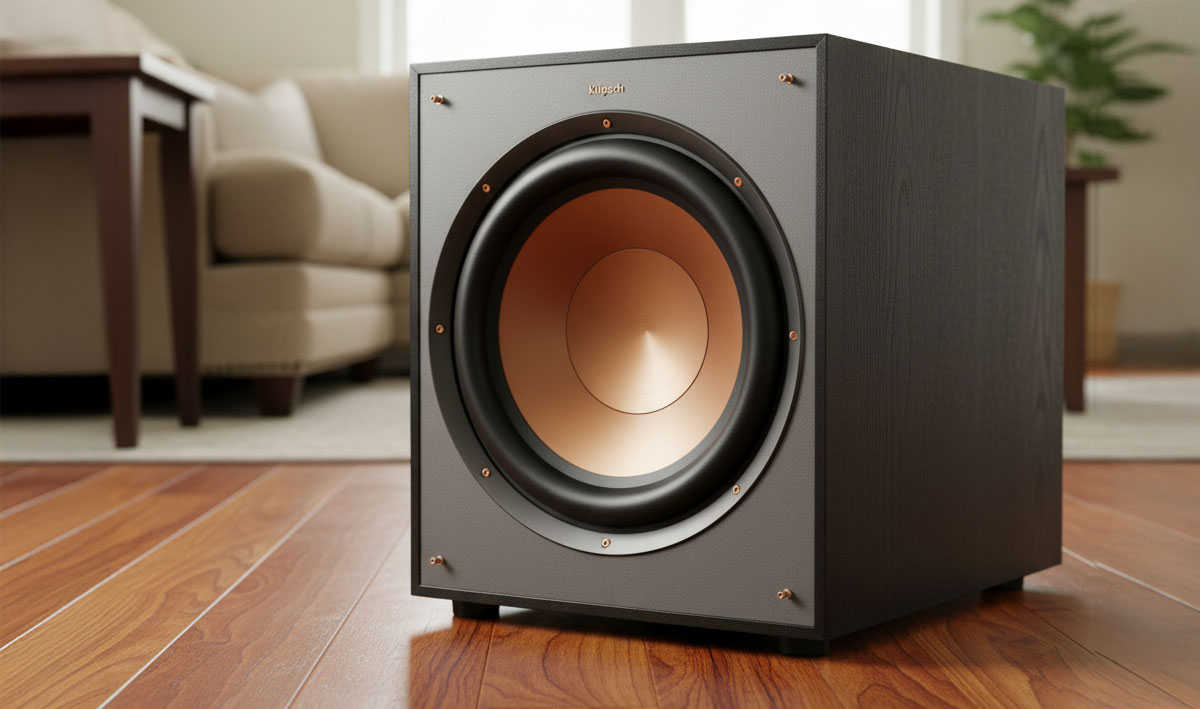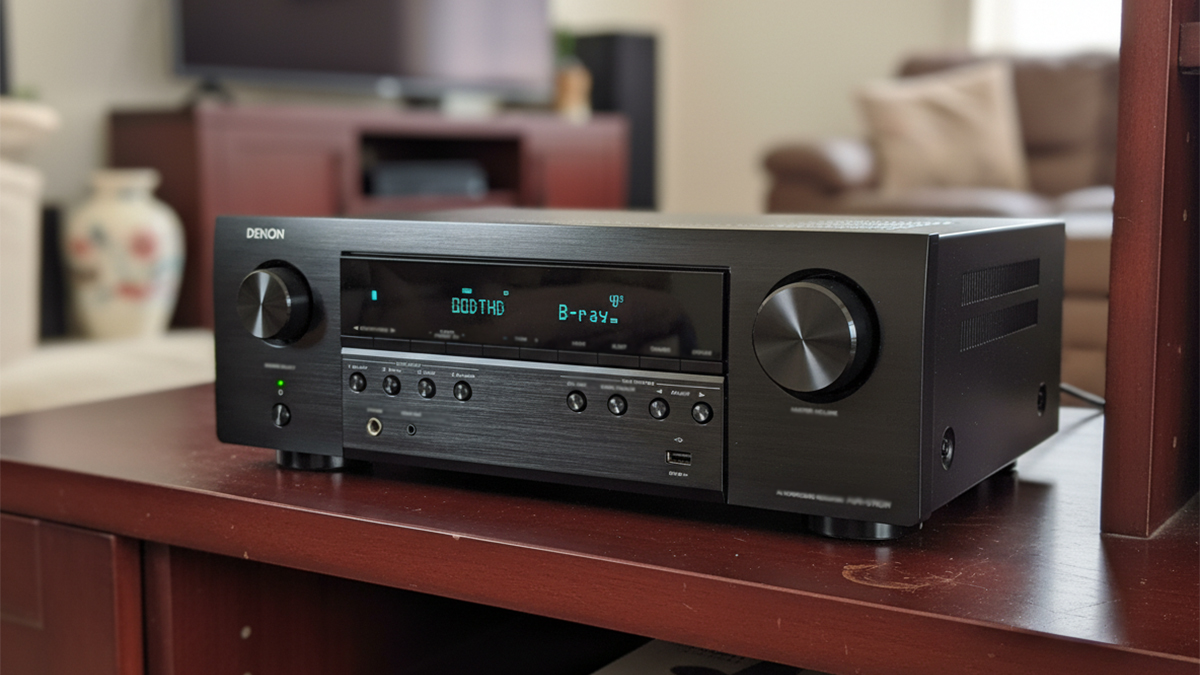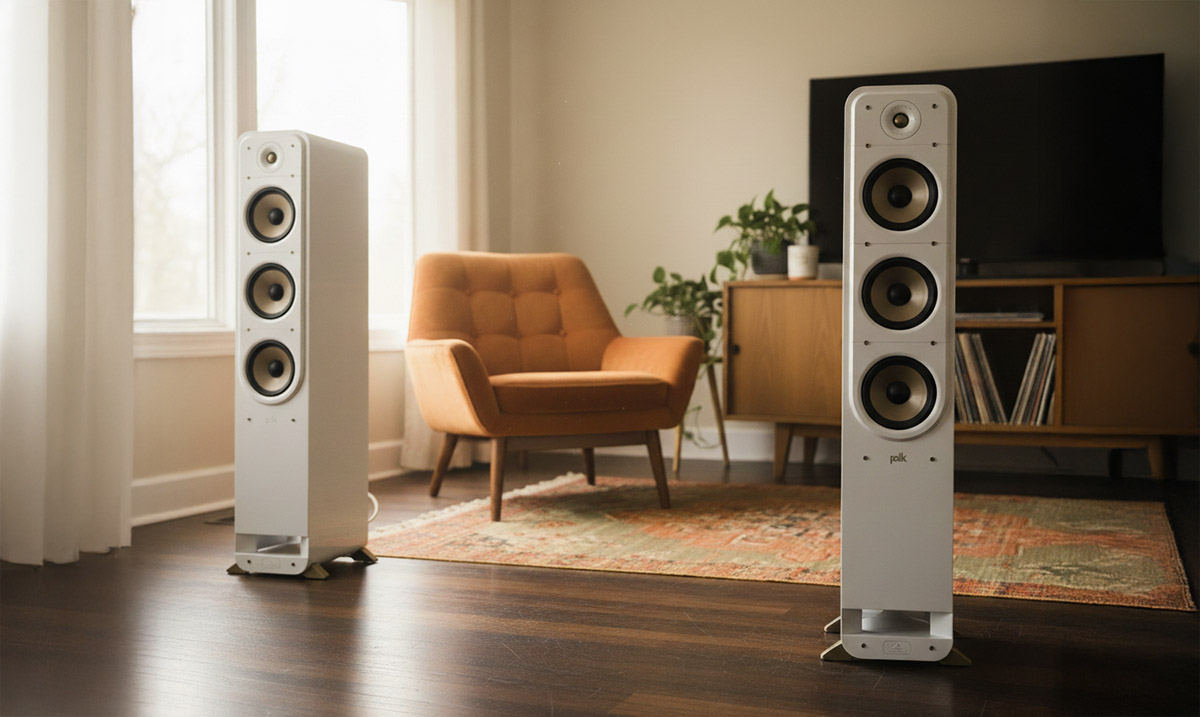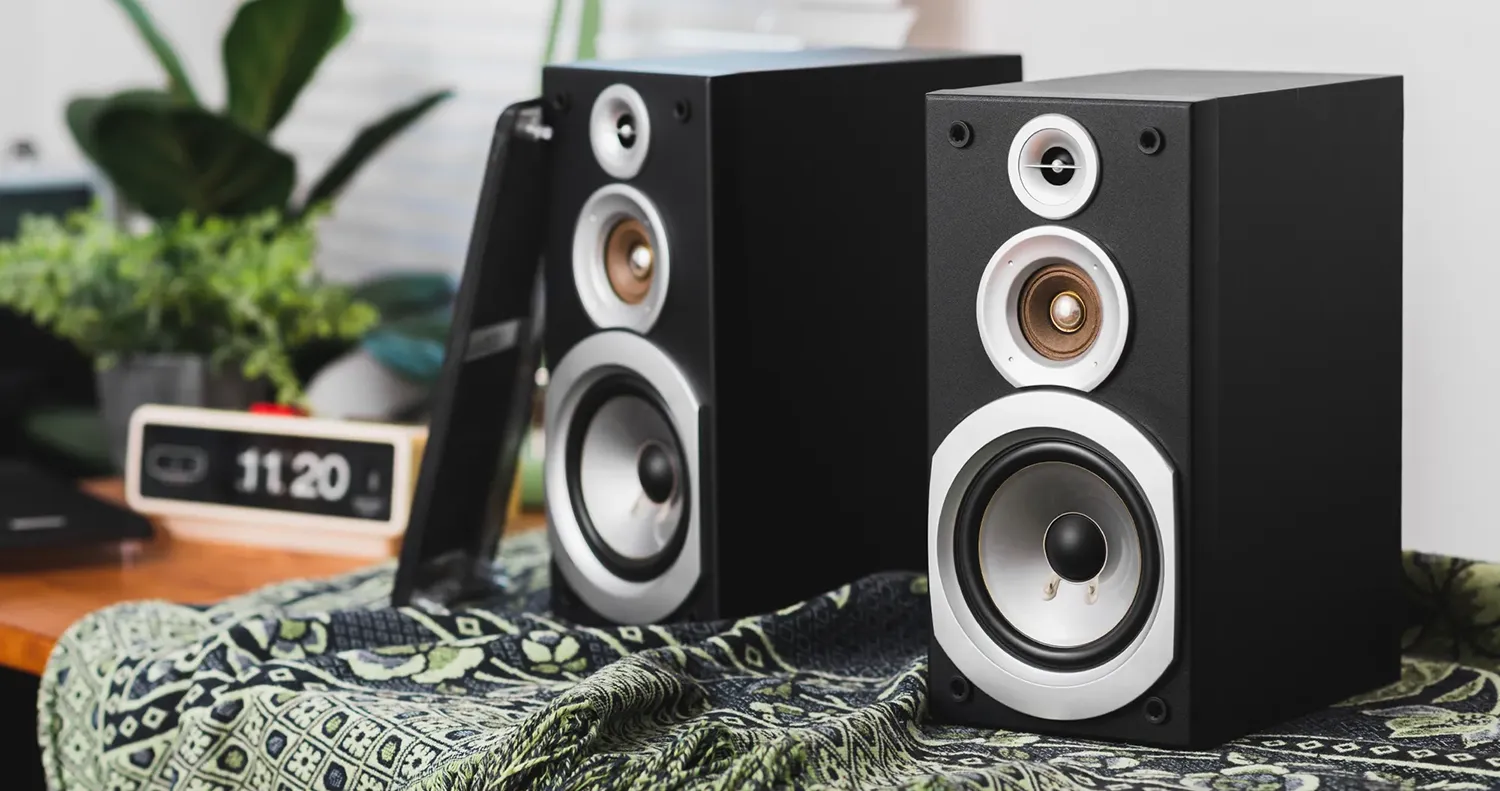Quick Take
The Klipsch Reference R-26FA combines a lively front tower with an upward-firing Atmos module in the same cabinet, so you get big, room-filling sound and a simple path to overhead effects without separate add-on speakers. Owners praise the energy, clarity, and the way movies feel more immersive once the height channels are connected. Some listeners report that placement and room acoustics matter more than they expected, and a few find the tonal balance bright or the Atmos effect subtle in certain rooms. Even so, day-to-day usability is strong, and the all-in-one design keeps wiring and setup cleaner than piecing together separates.
Pros
![]() Many owners highlight crisp dialogue, punchy dynamics, and a convincing sense of space once Atmos is engaged.
Many owners highlight crisp dialogue, punchy dynamics, and a convincing sense of space once Atmos is engaged.
![]() The integrated height module simplifies setup versus separate Atmos add-ons.
The integrated height module simplifies setup versus separate Atmos add-ons.
![]() Sensitivity is high, so modest receivers can get loud without strain.
Sensitivity is high, so modest receivers can get loud without strain.
![]() Build feels solid and the front port helps with flexible placement.
Build feels solid and the front port helps with flexible placement.
Cons
![]() A minority of users report the treble can sound forward in lively rooms, and some say the Atmos effect depends on ceiling height and placement.
A minority of users report the treble can sound forward in lively rooms, and some say the Atmos effect depends on ceiling height and placement.
![]() There are scattered comments about muddy or uneven results when the room and calibration are not dialed in.
There are scattered comments about muddy or uneven results when the room and calibration are not dialed in.
![]() The speakers are large and heavy, so plan the space and unboxing.
The speakers are large and heavy, so plan the space and unboxing.
Introduction
The Klipsch Reference R-26FA targets home theater fans who want Dolby Atmos without adding separate height speakers on the walls or ceiling. By placing a discrete elevation channel on top of the main tower, the R-26FA bounces sound off the ceiling to create the impression of audio above you, while the front-firing drivers handle the left and right channels with authority. This approach keeps cable runs short, maintains a clean look, and gives you a clear upgrade path from basic surround to an immersive presentation. For many households, that mix of convenience and impact is exactly the point.
Key Features of the Klipsch Reference R-26FA
Klipsch equips the main tower with a 1-inch aluminum diaphragm compression driver loaded in a 90 by 90 Tractrix horn and dual 6.5-inch spun-copper IMG woofers. The cabinet is bass-reflex with a front-firing port, and sensitivity is rated at 97 dB with an 8-ohm compatible load. Continuous and peak power handling are 100 watts and 400 watts. These numbers matter because they point to efficiency and headroom. Even a midrange AVR can push these towers to cinematic levels without breaking a sweat.
The height channel is a separate, sealed two-way speaker built into the top baffle. It uses a 1-inch LTS tweeter with a Tractrix horn and a 5.25-inch woofer, with power handling of 75 watts continuous and 150 watts peak. This module sends effects upward, reflects them off the ceiling, and returns them to the listening position as overhead cues. When you play Atmos content, raindrops, aircraft, and ambient reverbs feel like they float above the screen rather than smear across the front wall.
Practical touches include dual 5-way binding posts for the main channel that support bi-wiring or bi-amping, plus a dedicated binding post set for the height module. Removable grilles and a brushed black polymer veneer over an MDF cabinet round out the design. Dimensions are 39 inches tall, 7.8 inches wide, and 16.25 inches deep, with a listed weight of 52 pounds per speaker. Small details, but they help the speakers fit into more rooms and systems without fuss.
RELATED: Should Speaker Grilles be On or Off?
Sound Quality and Setup
User feedback trends in a clear direction. Many listeners describe the R-26FA as energetic and engaging, with sharp detail and a strong sense of presence on movie soundtracks. Dialogue intelligibility gets frequent praise, and the towers have enough punch that casual music listening is fun even before you bring a subwoofer into the mix. The overall impression is a front stage that feels immediate and lively, which lines up with what Klipsch’s horn-loaded designs are known for.
Setup is where the integrated design pays off. Because the height channel is already aligned with the main drivers, wiring is straightforward: left and right speaker cables plus two additional runs for the height channels, all landing at your Atmos-capable AVR. Owners often report that the speakers play nicely with common Denon, Yamaha, and Onkyo receivers once the height channels are assigned and speaker sizes are set correctly. The experience usually improves further when you create a preset or scene in your AVR so movie night is just one button away.
There are, however, caveats that owners repeatedly mention. The Atmos “bounce” method relies on a flat, reflective ceiling between roughly eight and twelve feet. Very high, vaulted, or acoustically absorbent ceilings can reduce the strength of overhead cues. Some listeners report results that feel a little muddy or less dramatic than expected until placement and AVR calibration are refined. Those critiques are not unique to Klipsch; they are part of the physics of upward-firing modules. Still, they are worth noting so expectations match reality. Sensitivity also cuts both ways. The R-26FA wakes up easily and gets loud with modest power, yet the elevated treble energy that produces striking detail can sound forward in bright rooms. If your space is hard and reflective, you may hear a little extra bite on some soundtracks. Listeners who report a too-bright first impression often find the balance smoother after moving the towers a few inches, toeing them slightly, and letting room correction trim the top end.
Who Is It For?
Choose the R-26FA if you want a clean, integrated path to Atmos in a living room or multipurpose media room. It suits movie-first listeners who still stream plenty of music and prefer a lively, front-row presentation. It also makes sense if you own a midrange AVR and want efficient towers that will get loud without external amplification. On the other hand, if your room has a very high or vaulted ceiling, or if you prefer a laid-back treble, you may want to audition carefully, add some soft furnishings, or compare with a tower plus separate, wall-mounted height speakers.
Tips for Better Results
Start with placement about two to three feet from the side walls and a foot or more from the front wall, then toe the speakers slightly toward your main seat. Run your AVR’s full speaker calibration, but double-check that fronts are set to small with an 80 to 100 hertz crossover if you use a sub. Label the main and height terminals clearly before wiring to avoid mix-ups. If overhead cues feel vague, slide the towers a few inches forward or backward to change the reflection geometry, then re-run calibration. Finally, treat first-reflection points with a rug or curtains if the treble feels a bit hot; small changes often yield a big improvement.
Alternatives to Consider
If you like the integrated Atmos concept but want a current-generation model, look at the Klipsch R-625FA or the newer R-605FA. These successors carry forward the same idea with updated cabinets and drivers. They are the most direct replacements if you are shopping new rather than used.
If you want more refinement and bass headroom in a traditional tower, consider moving up to the Klipsch RP-8000F II and adding separate Atmos modules like the R-40SA. This path uses more pieces and wiring, but it lets you place the height modules where they work best and nets you a stronger main tower with higher power handling.
If your room makes upward-firing height channels challenging, a conventional tower plus on-wall Atmos add-ons or in-ceiling speakers can produce a more consistent effect. Klipsch’s R-40SA modules are designed for that job and can double as compact surrounds if you change layouts later.
Final Thoughts
The Klipsch Reference R-26FA delivers exactly what it promises: a bold, engaging front stage with built-in Atmos that puts you closer to the movie without a tangle of extra boxes. Owners reward it with praise for clarity, slam, and an immediate upgrade in immersion, while also reminding prospective buyers that room geometry and calibration determine how convincing the overhead layer feels. If you have a typical flat ceiling and want the simplest route to Atmos, these towers remain an appealing, people-friendly option. If you crave even more finesse, or your room fights reflected sound, a tower from the Reference Premiere line plus separate height speakers may be the better path. Either way, Klipsch has you covered.
FAQ
Q. What receivers pair well with the R-26FA?
A. Use an AVR that supports Dolby Atmos and has assignable height speaker terminals. The high sensitivity means mainstream models from Denon, Yamaha, Onkyo, and others can drive them confidently at normal listening levels.
Q. How big are the speakers and how much do they weigh?
A. Each tower measures 39 inches tall, 7.8 inches wide, and 16.25 inches deep, and weighs 52 pounds.
Q. Do the upward-firing modules really work?
A. In rooms with flat, reflective ceilings of typical height, many owners hear a clear boost in immersion. Very high or absorbent ceilings can reduce the effect, so placement and calibration matter.
Q. Can I bi-amp or bi-wire the towers?
A. Yes. The main channel has dual binding posts that support bi-wiring or bi-amping, while the height module has its own terminals.
Q. What speaker layout should I start with?
A. Most rooms do well with 5.1.2 using the R-26FA for the front left and right plus height channels. Add surrounds and a sub, then expand to 7.1.2 later if space allows. Klipsch Reference surrounds and centers are natural cosmetic and sonic matches.
Teksignal.com participates in the Amazon Services LLC Associates Program, an affiliate advertising program designed to provide a means for sites to earn advertising fees by advertising and linking to Amazon.com. The reviews and articles on this site are hands-off consensus reviews and observations. We analyzed owner feedback across the internet and manufacturer documentation. We summarize sentiment; we do not republish individual user posts.

